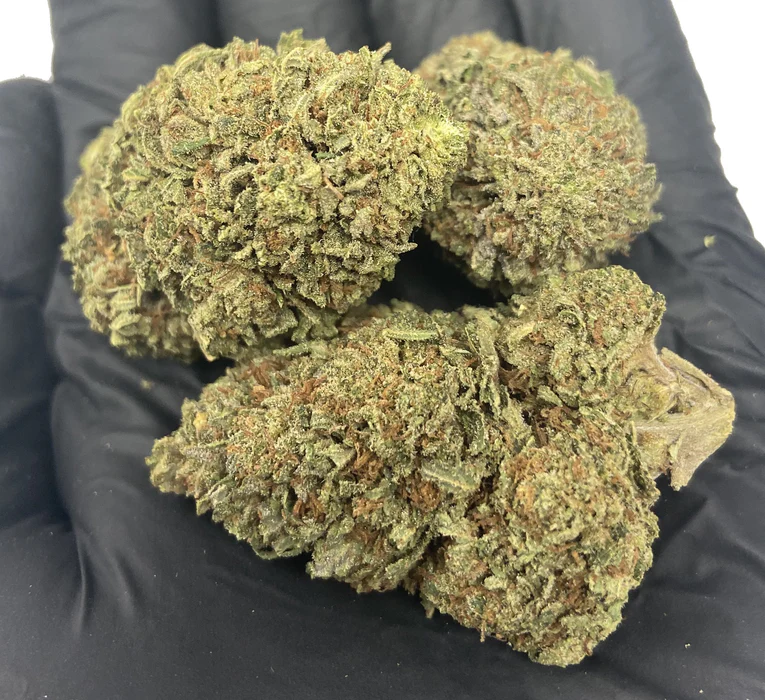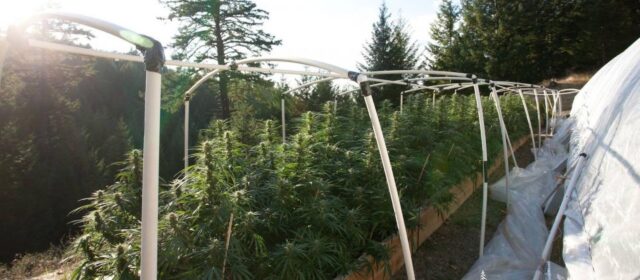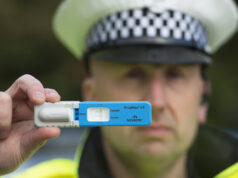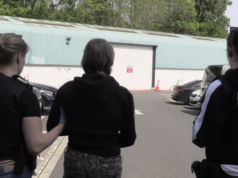The cultivation of cannabis has evolved significantly over the years, with growers constantly seeking innovative methods to optimize plant growth and increase yields. One such technique that has gained popularity is light deprivation, also known as light deps. This article explores the use of blackout sheeting to manipulate plants into time cycles and the potential of multiple outdoor harvests when supplementary lighting is incorporated.
Understanding Light Deprivation:
Light deprivation involves controlling the amount of light and darkness plants receive during their growth cycle. By mimicking natural light patterns, growers can manipulate the plants’ development stages, leading to accelerated growth and multiple harvests in a single season. This technique is particularly beneficial in regions with shorter growing seasons or unfavorable weather conditions.
The Role of Blackout Sheeting:
Blackout sheeting is a key component in implementing light deprivation techniques. It is a light-blocking material that is used to cover the growing area, effectively creating an artificial dark period for the plants. This process is crucial as it triggers the flowering stage and stimulates bud formation.
Manipulating Time Cycles:
By utilizing blackout sheeting, growers can control the light exposure duration that the plants receive. Typically, this involves covering the plants for a specific period each day to create a consistent light-dark cycle. For example, a common practice is to provide 12 hours of light followed by 12 hours of darkness to induce flowering. This manipulation of time cycles allows growers to dictate the growth stages of the plants, resulting in more controlled and predictable cultivation.
The Potential of Multiple Outdoor Harvests:
One of the significant advantages of light deprivation techniques is the potential for multiple outdoor harvests. By incorporating supplementary lighting during the dark period, growers can extend the photoperiod and maintain longer daylight hours for the plants. This additional light exposure encourages continuous growth and development, effectively mimicking an extended growing season. As a result, cultivators can achieve multiple harvests within a single outdoor season, maximizing their yields and overall production.
Benefits of Light Deps:
- Increased Yield: Light deprivation techniques can significantly boost cannabis yields by manipulating the plants’ growth stages and extending the growing season.
- Weather Adaptability: By controlling the light exposure, growers can overcome unfavorable weather conditions and cultivate cannabis in regions with shorter growing seasons.
- Enhanced Quality: Light deps allow for a more controlled and predictable cultivation process, leading to improved bud formation and overall quality of the harvested product.
- Cost Efficiency: By utilizing natural sunlight and incorporating supplementary lighting only when necessary, growers can optimize energy consumption and reduce operational costs.
Conclusion:
Light deprivation techniques, facilitated by blackout sheeting, have revolutionized the cannabis cultivation industry. By manipulating time cycles and incorporating supplementary lighting, growers can achieve multiple outdoor harvests and maximize their yields. The ability to control the growth stages and extend the growing season provides cultivators with greater flexibility and adaptability. As the cannabis industry continues to evolve, light deps will undoubtedly remain a valuable tool for growers seeking to optimize their production and deliver high-quality cannabis products to the market.












